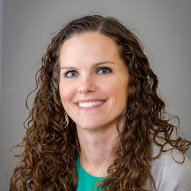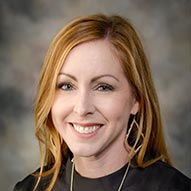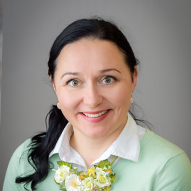Dallas
214-456-2382
Fax: 214-456-6133
Plano
469-303-4400
Fax: 469-303-4420
Referrals
Request an Appointment with codes: Cancer and Blood Disorders (CCBD)
Thousands of children are diagnosed with leukemia each year, and the vast majority of them achieve remission. Children’s Health can guide you through leukemia treatment and give your child the best opportunity for a long, healthy life.
We are home to one of the nation’s largest childhood leukemia programs. We offer the latest treatments and UT Southwestern physicians have helped hundreds of children with leukemia get back to normal, active childhoods.
214-456-2382
Fax: 214-456-6133
469-303-4400
Fax: 469-303-4420
Request an Appointment with codes: Cancer and Blood Disorders (CCBD)
Leukemia is the most common childhood cancer. It’s a blood cancer that starts in the bone marrow, which is a spongy substance that creates blood cells. When a child has leukemia, cancerous white blood cells overwhelm healthy cells.
We use the latest diagnostic tools to determine which type of leukemia your child has. This way, we can tailor the right treatment to their condition. Types of childhood leukemia include:
ALL accounts for up to 75% of childhood leukemias, making it the most common type. It develops in immature white blood cells (lymphocytes). We treat all types of ALL, including rare forms such as Burkitt’s leukemia, infantile leukemia and precursor T-cell and B-cell ALL.
AML starts in myeloid cells in the bone marrow and quickly moves into the bloodstream. Myeloid cells are immature blood cells that later develop into oxygen-carrying red blood cells, infection-fighting white blood cells and blood-clotting platelets. AML can spread to the lymph nodes, liver, spleen, testicles, brain and spinal cord.
CML is the most common leukemia in adults. It’s rare – but not impossible – for a child to get CML. This cancer develops in white blood cells that have partially matured.
This uncommon leukemia affects children between 3 months and 6 years old. It can spread to the liver, spleen and lymph nodes.
BPDCN is a very rare childhood blood cancer. It affects the skin, lymph nodes and spleen.
As leukemia cells multiply and crowd out healthy cells, your child might experience some of these symptoms:
Your child may undergo one or more of these tests to diagnose leukemia or rule it out:
Childhood leukemia and other pediatric cancers happen when something damages the genetic makeup, or DNA, of cells. But medical experts don’t know what starts that process. Once these cells mutate or change, they grow out of control and interfere with the body’s production of healthy cells.
As one of the country’s largest pediatric leukemia programs, we offer all treatments for children with leukemia. Treatment options include:
Cancer specialists practicing at Children’s Health are also faculty members at UT Southwestern Medical Center and are nationally recognized for their dedication to advancing pediatric leukemia research. Our academic affiliation with UT Southwestern Medical Center allows us to participate in clinical trials to find new treatments and minimize side effects. This means your family has access to promising new therapies often before they’re widely available.
In addition to conducting our own hematology and oncology research, we’re also among a select group of medical centers participating in the:
At Children’s Health, your child receives the best care from a team that has deep expertise in childhood leukemia.

















We consider children with acute leukemias, such as ALL and AML, to be cured if the cancer doesn’t return five years after initial diagnosis. Five-year survival rates for childhood leukemia include:
Leukemia can show up at different times during a child’s life, depending on the type of leukemia:
This is unlikely. Most childhood leukemias are acute – the disease and symptoms come on quickly. When cancer cells start to build up in blood and crowd out healthy cells, your child will show the effects. You might notice that your child is unusually tired, losing weight or has joint pain. While your child might have leukemia for a few months before you find out what’s wrong, it’s highly improbable for leukemia to go undetected for years.